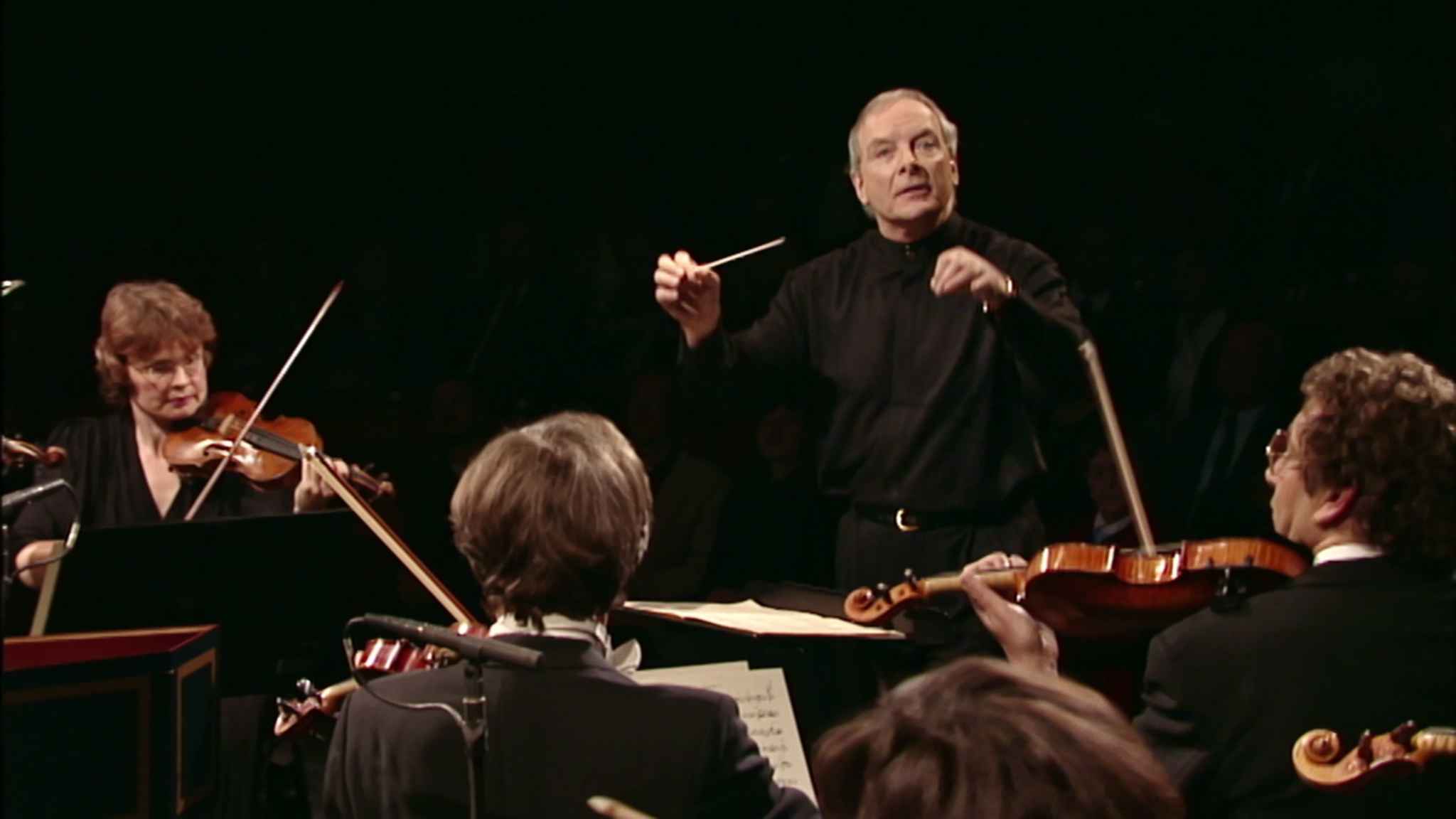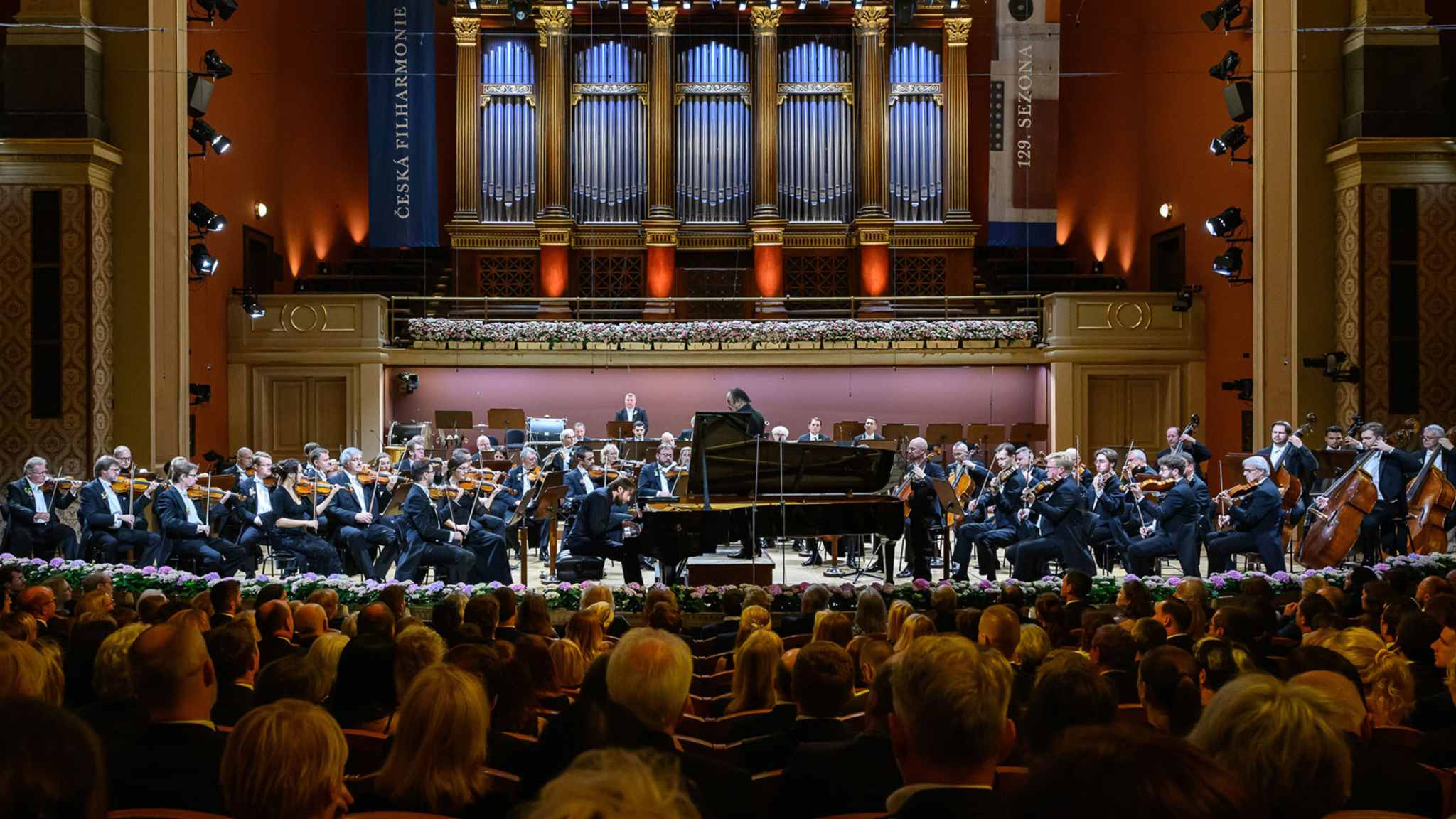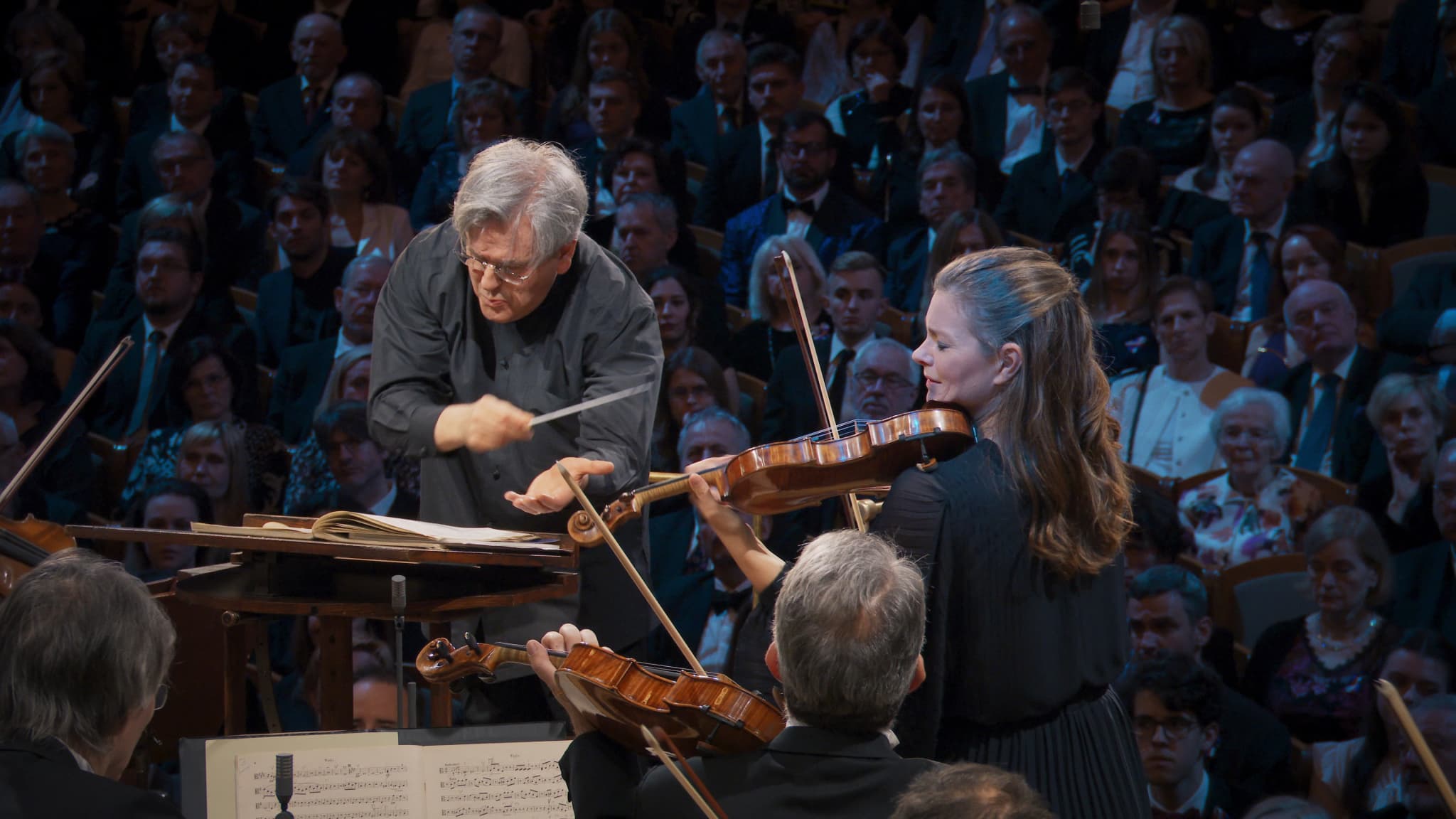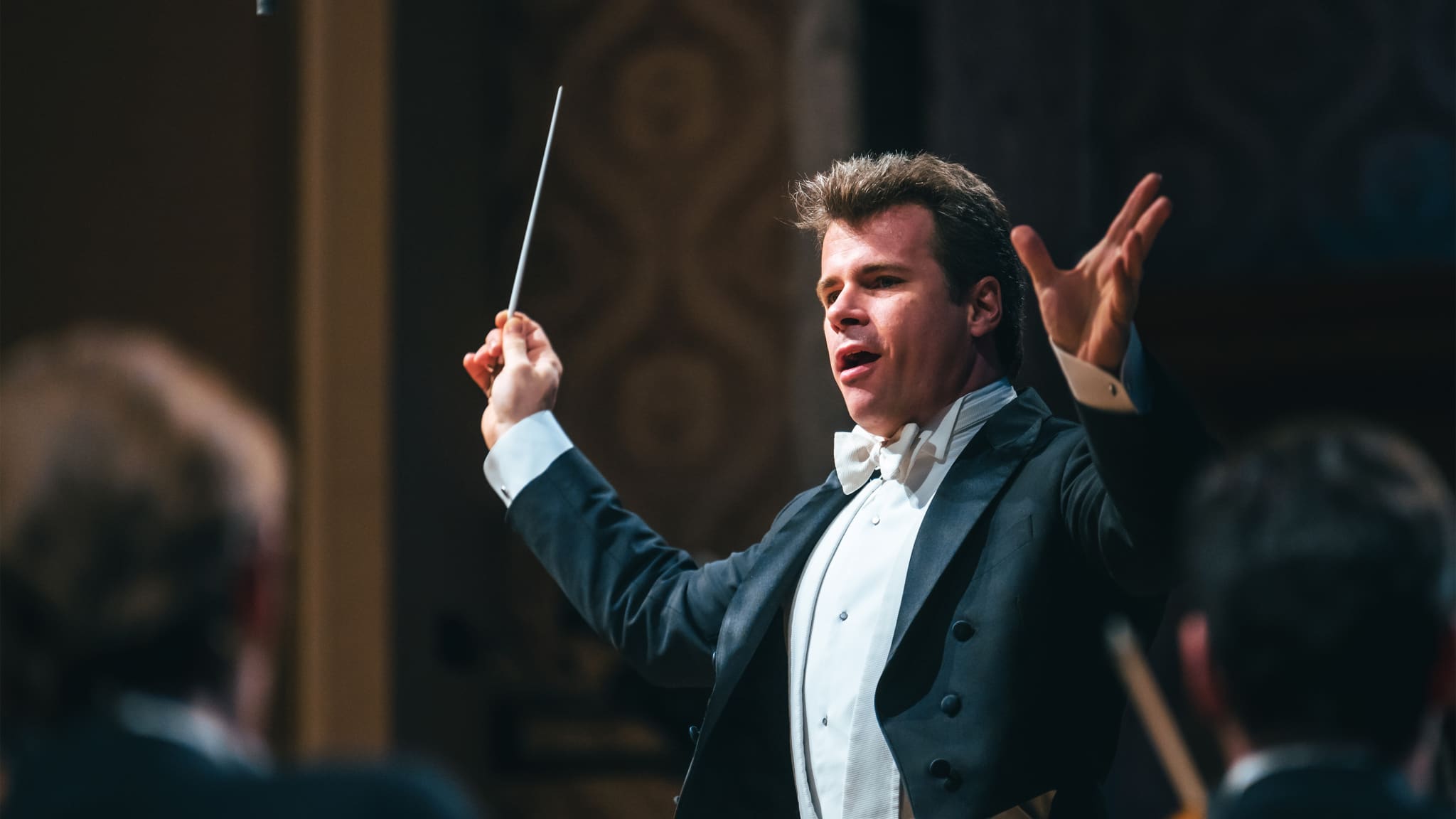Album insights
Five of the seven featured works here are concertos from a genre often referred to as "Concerti con molti istromenti" by scholars of any nationality. This term, coined by Vivaldi himself, is headlined in two of his manuscripts, including RV555. It mirrors Bach's description as "concerts avec plusieurs instruments" for his six Brandenburg Concertos. Both "molti" and "plusieurs" highlight the diversity of instruments used rather than the total count. Vivaldi and Bach revel in contrasts by combining rare or uncommonly paired instruments in their compositions.
In Italy, "Concerti con molti istromenti" were rare, contrasting with their prevalence in Germany. The scarcity of wind instruments in Italy at that time likely explains this rarity. Vivaldi, however, stood out among his Italian contemporaries by producing a considerable number of such concertos, with around thirty still preserved. These concertos were composed sporadically and related to special events. The majority of these works can be associated with four performance venues or event types.
The most prominent group belonged to the Ospedale della Pietà, one of the charitable institutions in Venice, known for its systematic musical education for young female inmates who performed regularly at chapel services. These performances aimed to attract favorable attention from local and visiting audiences to secure potential donations. The Pietà excelled in instrumental music in Vivaldi's time, boasting a vast and diverse collection of instruments rarely seen elsewhere in Italy.
To do justice to the abundance of instruments and talented performers, the Pietà concluded its church services exclusively with instrumental music, delighting the congregation with a musical feast after the usual liturgical music. Musicians, mainly invisible to the audience for decorum, could switch instruments unseen and surprise with new captivating sounds seamlessly. The musicians' versatility and obedience in the ensemble allowed for flexible use of solo instruments without causing discord.
Vivaldi's strong ties with the Pietà, spanning various roles such as violin instructor, orchestra conductor, and composer, are well-documented. During a fruitful period between 1723 and 1729, he delivered nearly a hundred concertos to the Pietà, showcasing conventional solo concertos as well as other variations for different ensemble setups.
Opera houses provided another natural setting for concerts with multiple soloists, often featuring diverse instrumental arrangements beyond typical orchestral instrumentation. Some symphonies recruited sizeable orchestras for church festivities, while permanent orchestras outside Italy were also capable of performing such grand concertos.
Vivaldi's association with the Dresden court orchestra was particularly noteworthy, where he composed several concertos like RV576 and 577 uniquely tailored for this ensemble. The court archive housed numerous such elaborately orchestrated works, with Johann Georg Pisendel adapting conventional concertos to align with the style of "concerti con molti istromenti."
Vivaldi's concerts of this kind exhibit a conventional form yet boast colorful and inventive instrumentation. The solists alternated or played together unpredictably, and the tutti passages featured inventive structures hinting at later symphonic practices. Concertos like RV574, RV579, and others showcased Vivaldi's diverse composition style with unusual instrumental combinations and expressive elements.
RV555 remains a puzzle due to its mysterious notation of "2 Trombe" in the finale, which possibly refers to violins playing in the style of "tromba marina" rather than traditional trumpets. Vivaldi's compositions often left room for interpretation and innovation, setting new trends in music.
RV566, composed likely for the Pietà in the 1720s, stands out for its arrangement with two recorders, oboes, and violins as solo instruments, showcasing Vivaldi's chamber music-inspired approach in the slow central movement.
In essence, Vivaldi's multi-instrument concertos represent a blend of conventionality in form and remarkable diversity in instrumentation, reflecting his unparalleled creativity and innovation in Baroque music.













